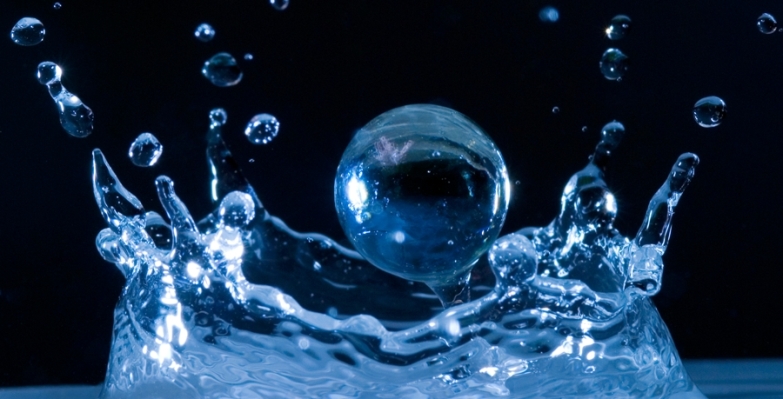A study published in the British Journal of Nutrition reported that even mild dehydration (which often occurs before we become thirsty) could be enough to alter mood and energy levels.
Mild dehydration (which is defined as an approximate 1.5% loss in normal water volume) is extremely common; in fact, we have found that most people are mildly-to-moderately dehydrated, with a 2.5-5.0% loss in normal water volume. Once more, dehydration is more common in the winter in northern climates because of the low humidity (which causes increased water loss through the skin) and reduced fluid intake.
Researchers in this study showed that mild dehydration can alter a person’s mood, energy level, and ability to think clearly, leaving them ‘cranky’ and tired. Interestingly, these effects were the same whether people were sitting at rest or active and exercising, dispelling the idea that only athletes become dehydrated.
One of the researchers – Professor Lawrence Armstrong of the University of Connecticut – is an international expert on hydration. Dr. Lawrence stated,” our thirst sensation doesn’t really appear until we are 1 or 2 percent dehydrated. By then dehydration is already setting in and starting to impact how our mind and body perform. Dehydration affects all people, and staying properly hydrated is just as important for those who work all day at a computer as it is for marathon runners.” He continued,” Even mild dehydration that can occur during the course of our ordinary daily activities can degrade how we are feeling.”
So how much water do you need?
The correct answer to this question changes depending up on a persons size/weight, activity level and water loss through sweating, as well as environmental factors, including heat, humidity and elevation, however a good general rule of thumb is to consume one-half your body weight in ounces of water daily. For example, a 150 lb person would need to consume about 75 ounces of water throughout the day. Any water lost through exercise or intense sweating would be added to this total.
The real key is how much water you drink at any given time. Drink too little, and you’ll become dehydrated; drink too much, and you’ll be making too many unnecessary trips to the bathroom. If a person is not/has not been sweating intensely, they can absorb about 2-4 ounces of water every 20-30 minutes (this can go up to 8-12 ounces during heavy activity/sweating). Therefore, most of us should drink about 4 ounces (1/2 cup) of water every 20-30 minutes throughout the day – that’s about 2-3 big gulps of water every half hour. In order to make this happen, you have to have water nearby at all times. This is where having a stainless steel or glass water bottle can be a life-saver; better yet, have a few and put them in all the places you regularly find yourself so you are never without water.
Hydration is one of the foundational pillars upon which optimal health is built. So remember the motto – Drink less water more often throughout the day. It will probably take 2-3 weeks for your body to adapt to the increased fluid intake (i.e., you’ll be making more trips to the bathroom for 2-3 weeks), but once you find the right balance, you should be urinating once every 1.5-2.5 hours. Here’s to drinking (water that is)!


